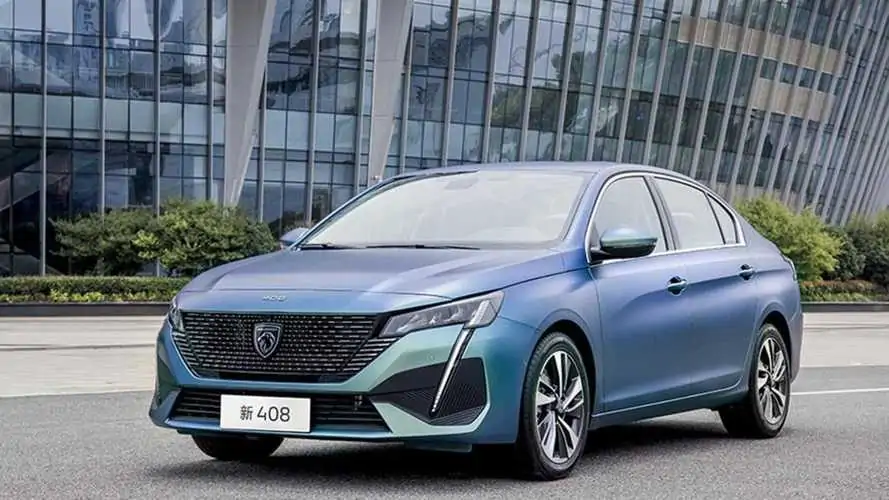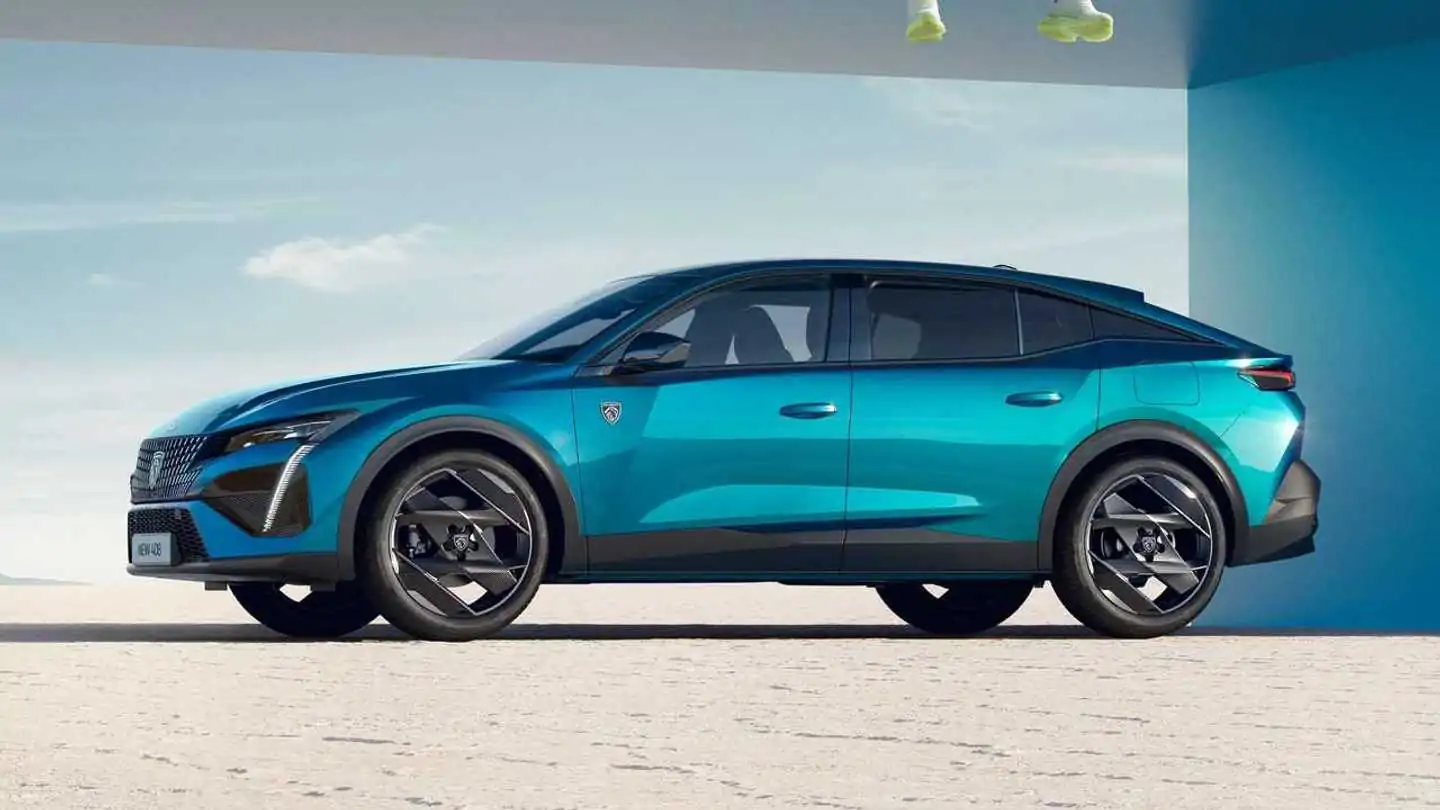It is located alongside the 308 SW, 3008 and 3008.
Since 2010, Peugeot uses the 408 moniker in China to refer to a sedan version the 308 hatchback. The People’s Republic gave it a complete update in 2012. However, this is not the same car as the images. The nameplate has been repurposed in Europe to make a new model. The 408 for the Old Continent is officially classified as a fastback. However, it has an unusual look similar to the Citroen C5 X.
It rides on Stellantis’ EMP2 platform, which is also shared with the global 308 wagon and hatchback. Peugeot claims it’s a more advanced product that’s “at the top” of the C-segment. You can say what you like about the design, but the French automaker must be commended for thinking outside the box. The 408 is a modified wagon with a low roofline and a unique body that has more lines and curves than you can count.
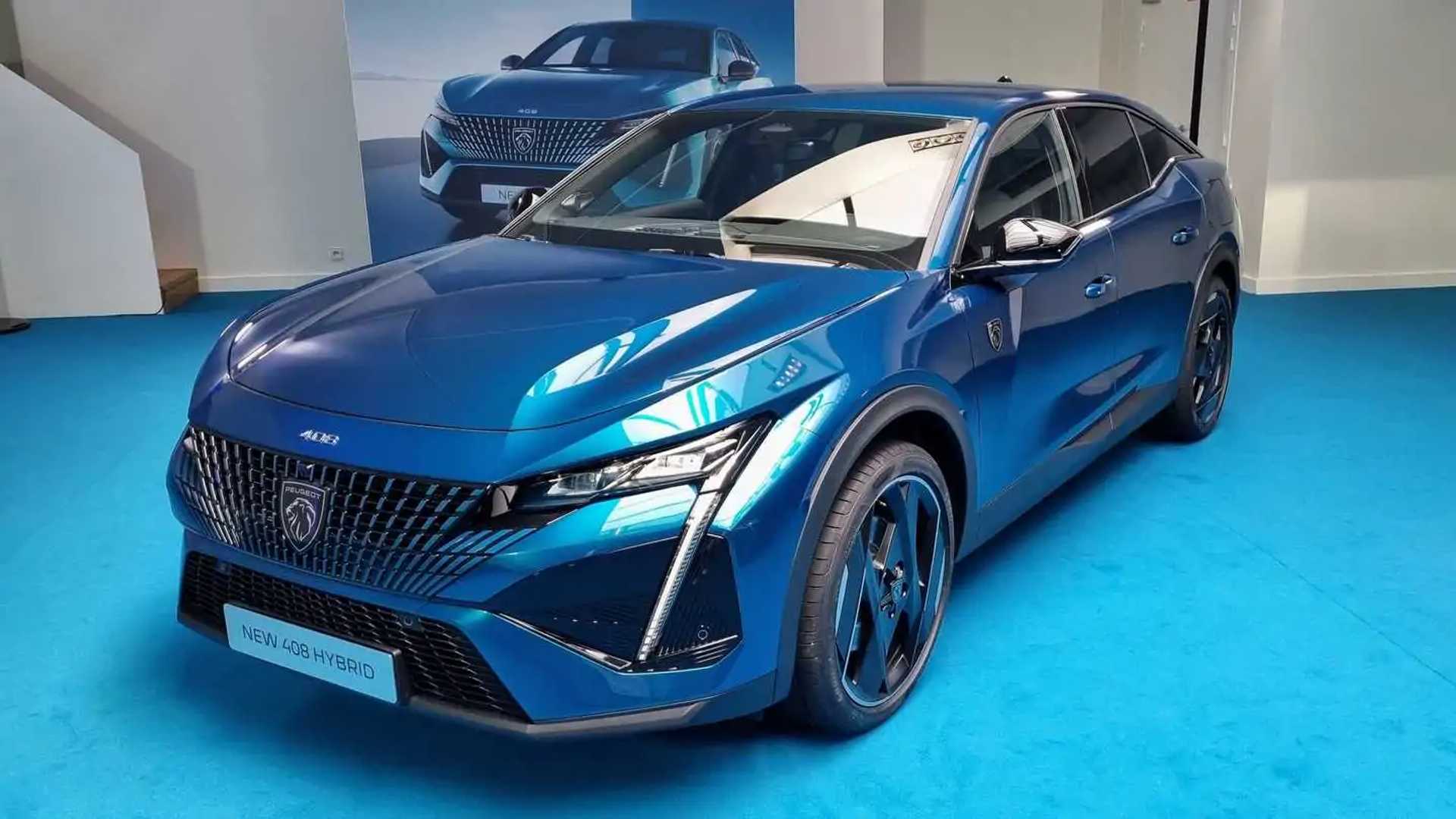
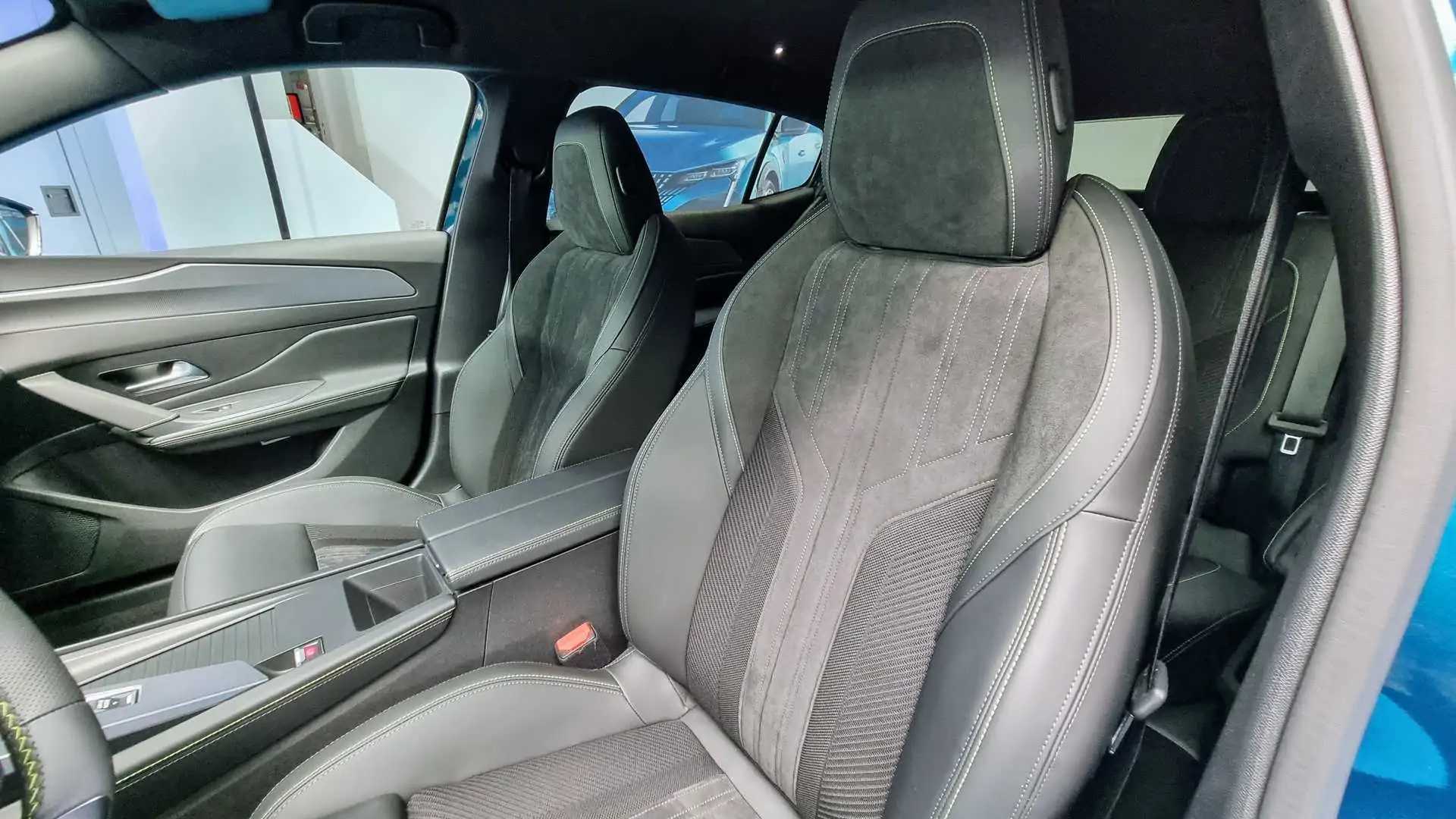
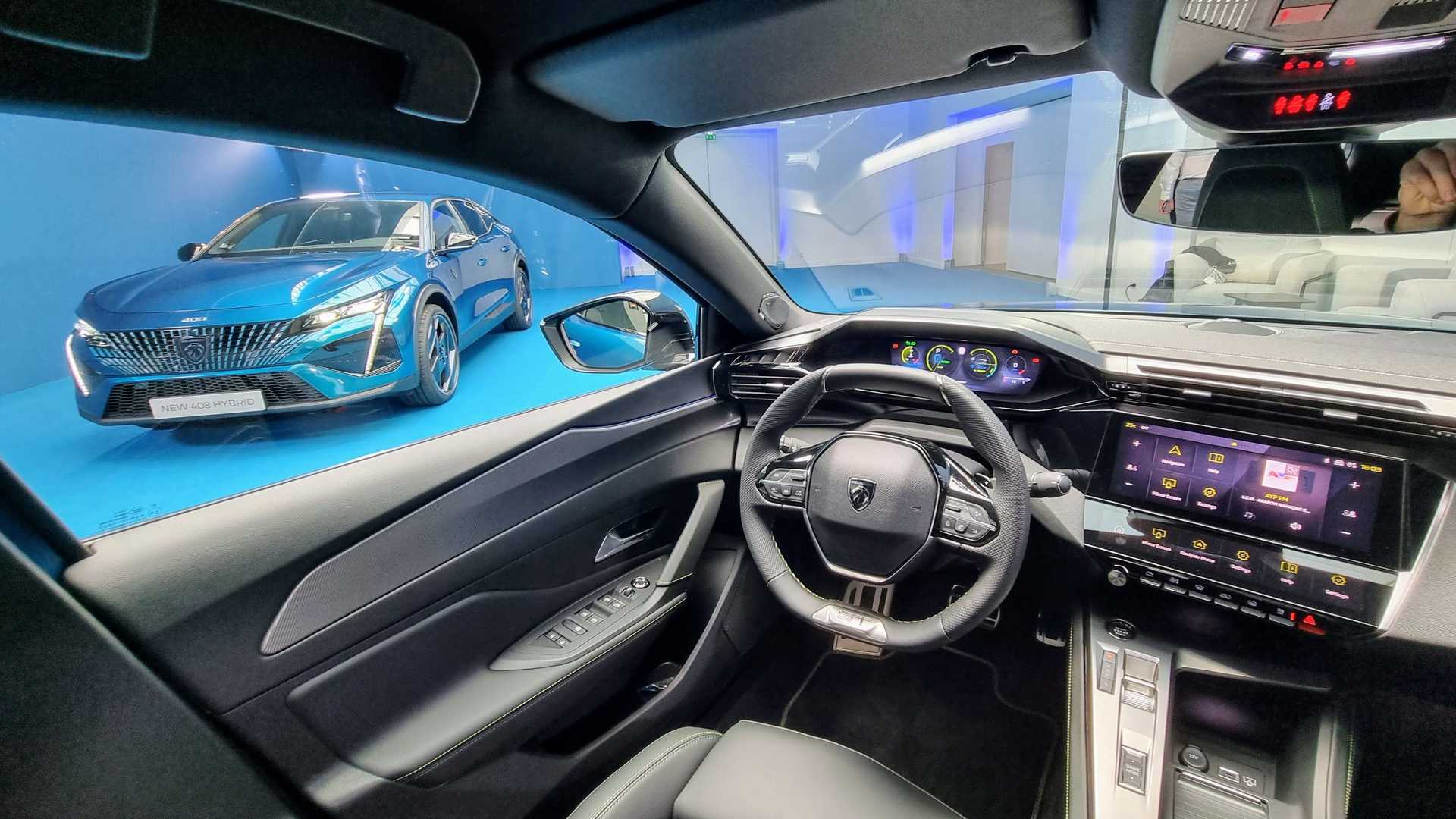
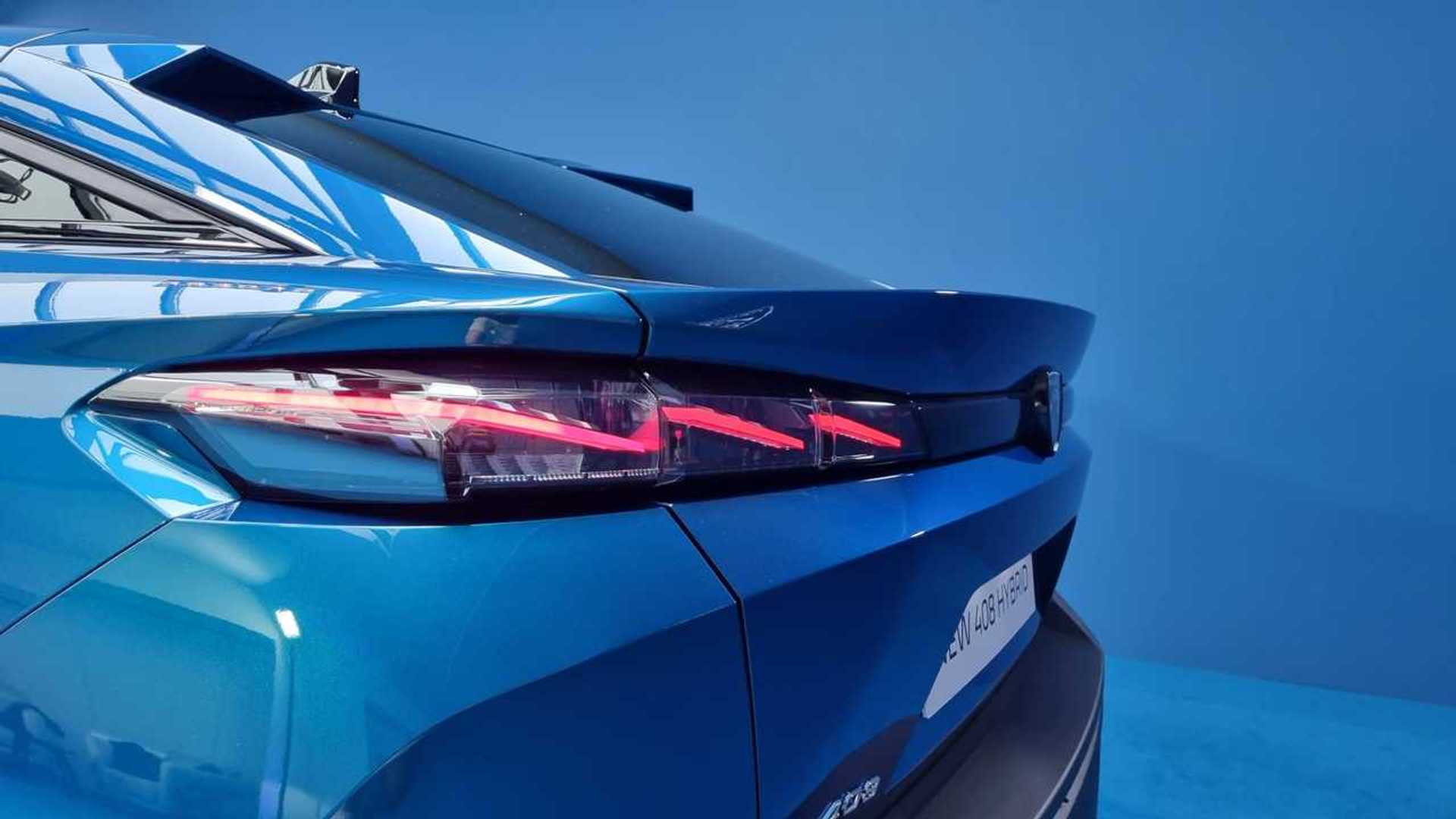
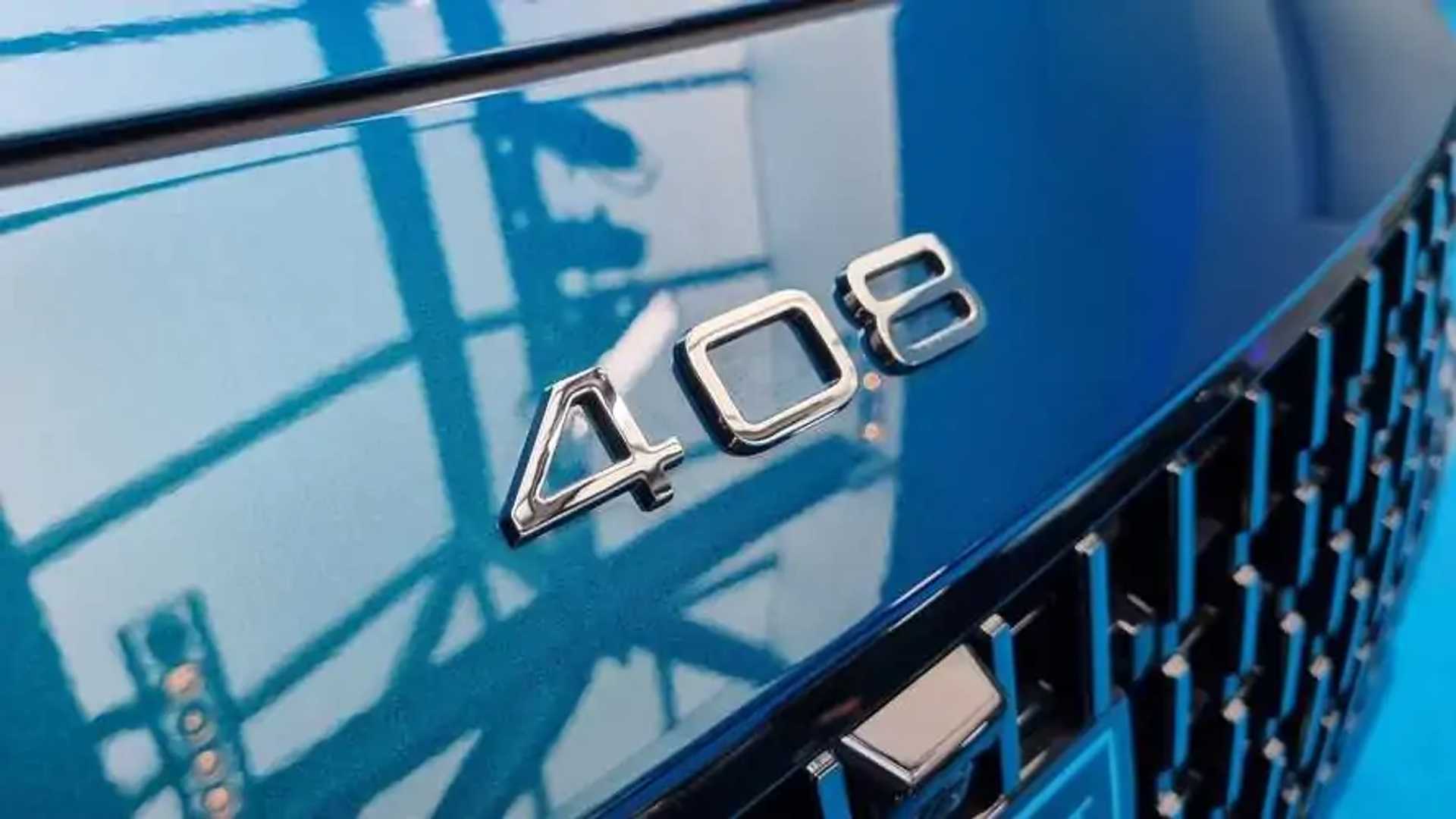
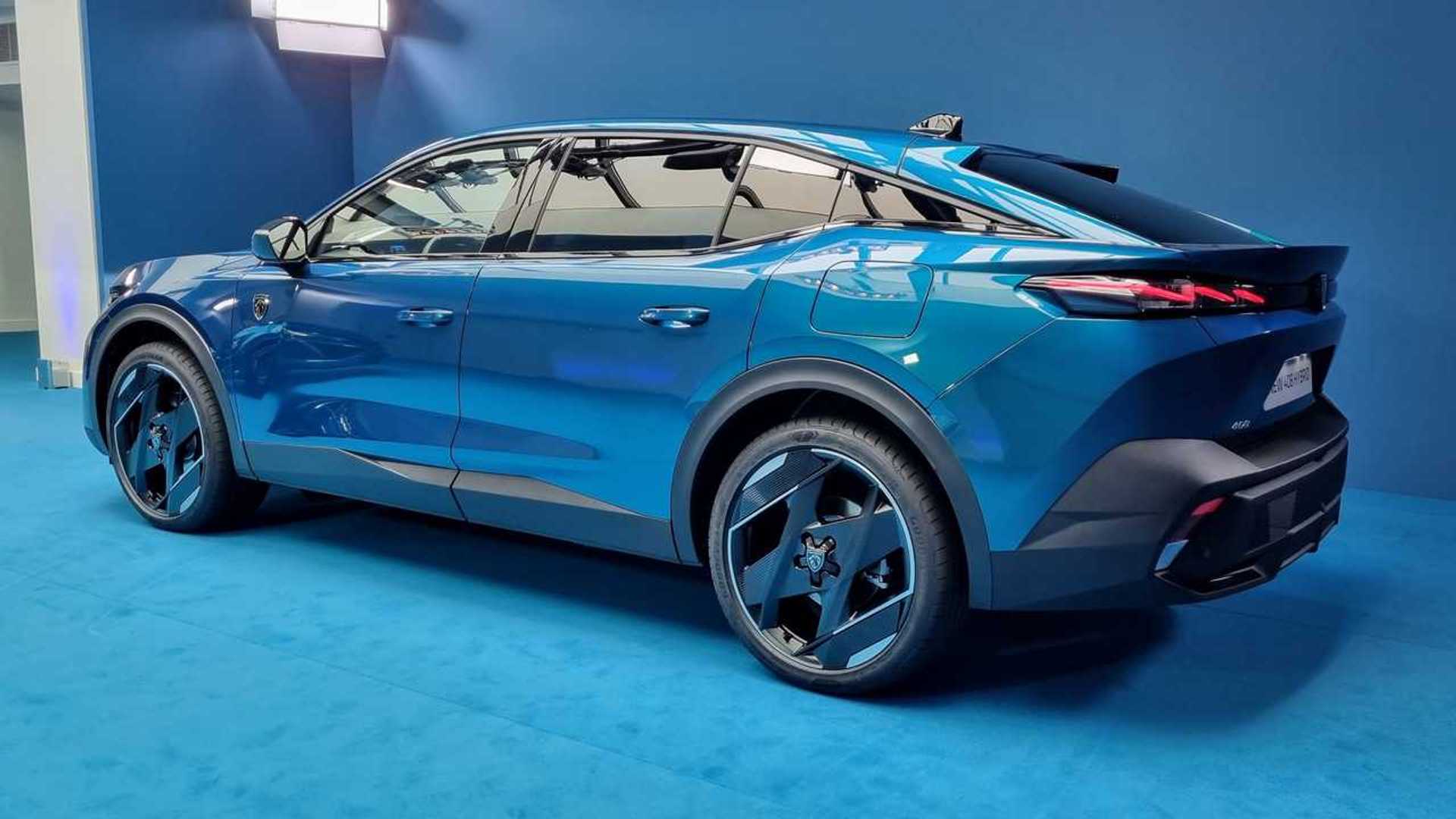 The new model with the lion badge measures in at 4,687 millimeters (184.5 inch) longer than the traditional shaped 308 SW. It measures 1,859mm (73.2 inches) wide by 1,478mm (58.2 inches) high, and has a generous wheelbase of 2,787mm (109.7in). These dimensions are almost identical to those of the 308 wagon. You can get wheels as big as the 20-inch set on the top trim levels.
The new model with the lion badge measures in at 4,687 millimeters (184.5 inch) longer than the traditional shaped 308 SW. It measures 1,859mm (73.2 inches) wide by 1,478mm (58.2 inches) high, and has a generous wheelbase of 2,787mm (109.7in). These dimensions are almost identical to those of the 308 wagon. You can get wheels as big as the 20-inch set on the top trim levels.
The trunk can hold 536 liters (almost 19.9 cubic feet) of cargo with the rear seats in place. It can also store up to 1,611 Liters (56.9 cuft) if the rear seats are folded for the version that is powered only by a combustion engine. Its sleeker profile means it cannot match the functionality of the 308, so it will sacrifice some luggage capacity.
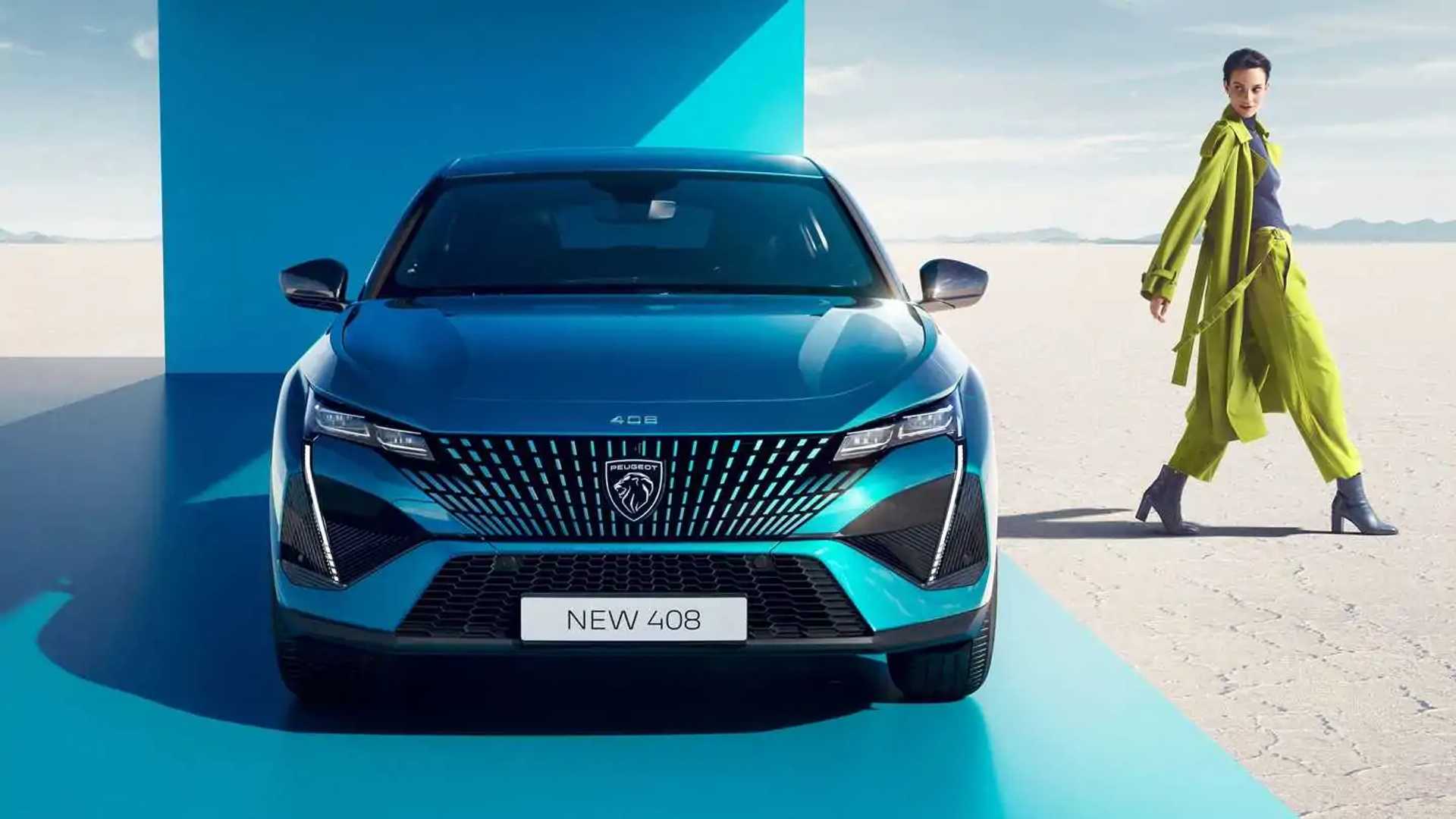
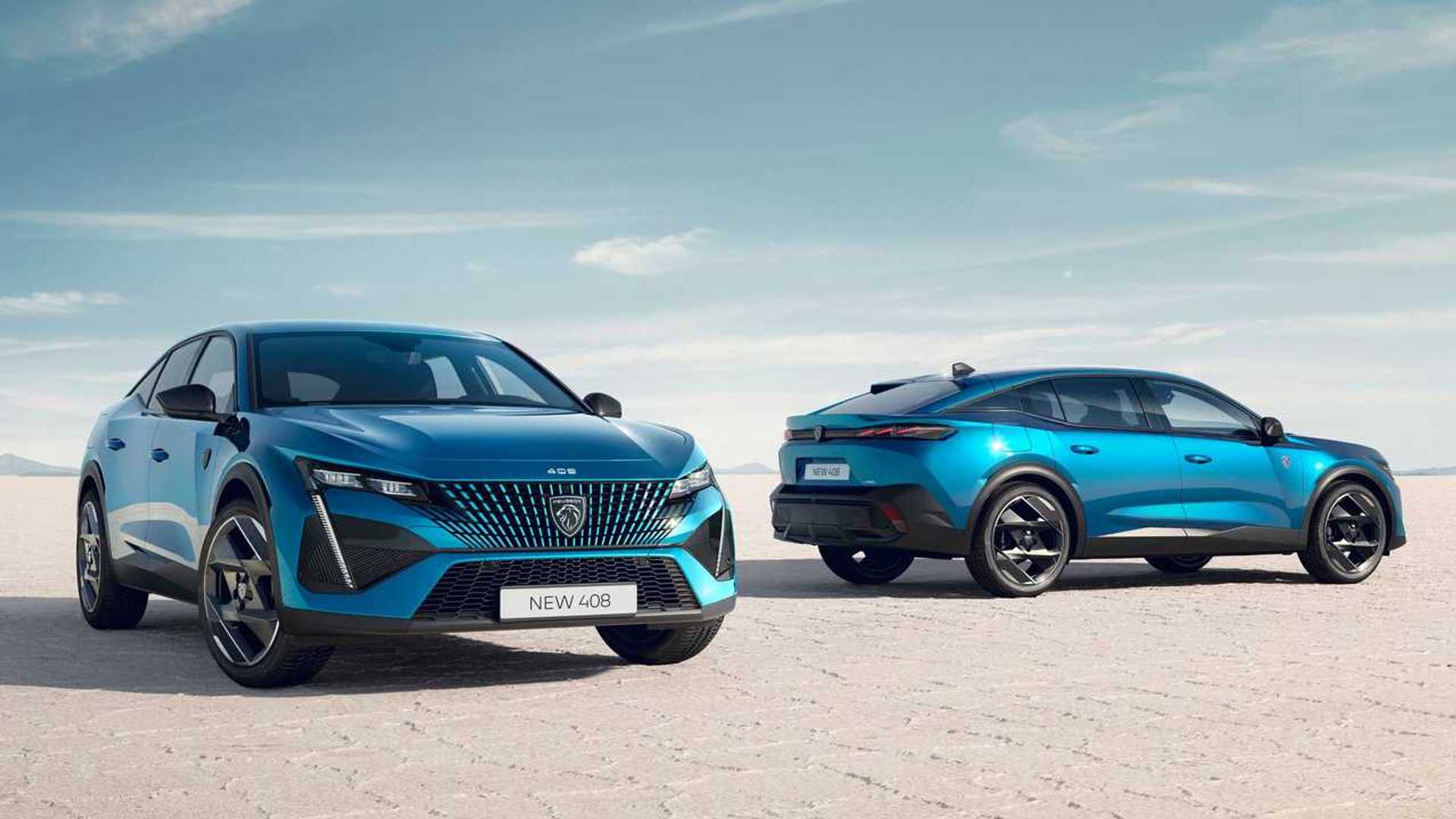
The interior is largely unchanged from the 308s, so there’s little to be said about it. The cabin looks almost like it came from a concept or a luxury car. The car comes with a pair 10 inch screens and a small Peugeot steering wheel. The 408 was given a fancy Focal sound system that includes 10 speakers and a subwoofer. It was designed specifically for them over three years.
Peugeot will sell the 408 in its first sale with two options for plug-in hybrid powertrains. Both models are front-wheel-drive and feature an eight-speed auto transmission and an electric motor generating 109 horsepower (81 megawatts). The 1.6-liter turbocharged gasoline engines are what sets them apart. They have different tunes, 150 and 180 horsepower. The lesser PHEV has 180 horsepower (133 kW) combined with a smaller electric motor. It also delivers 360 Newton-meters (265 pounds-feet), of torque. The more powerful variant increases the horsepower to 225 HP (165kW), while maintaining the same amount torque.
Alternately, there is an entry-level version with a smaller three-cylinder gasoline engine of 1.2-liter capacity. It produces 130 horsepower (96 kW) as well as 230 Nm (169 Lb-ft) torque. The engine’s power is also sent to the front wheels by an eight-speed automatic transmission. Peugeot doesn’t plan to sell a diesel engine, but an electric version is on the horizon.
Once assembly in France begins at Mulhouse, the car will be ready for market in the early 2023. Peugeot plans to sell the car in China by locating production at the Chengdu plant. The EV model will arrive a few months later than the ICE or PHEV derivatives.
Only sales figures will tell you if this model was needed, given that Peugeot already has the 3008 and 308 SW.
For those who are curious, the attached images show the latest CN-spec Peugeot 408 Sedan.
